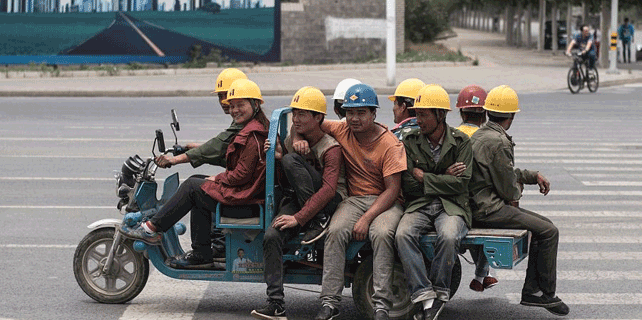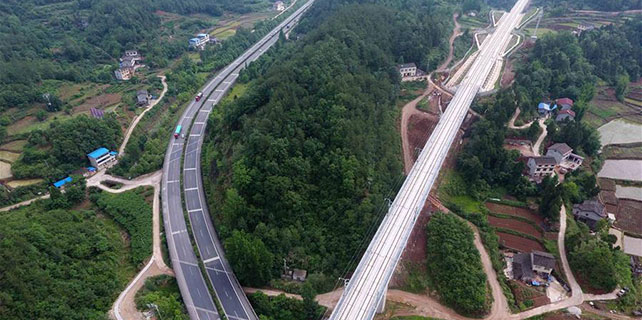Hong Kong auteurs ready to roll on coproductions
 |
|
A poster of Operation Mekong. [Photo/mtime.com] |
Reel change
For decades, Hong Kong had one of the most potent cinema industries in the world. It was at its peak in the 1980s and early 1990s. According to Tam, the good times started to fade after the release of the Hollywood megahit Jurassic Park in 1993. It was a time when Hong Kong producers began to see themselves as being pitted against Hollywood.
The SARS epidemic and the economic downturn became a double whammy for the city's movie industry, dragging it further into a downward spiral, Tam said.
According to research conducted by Chung Po-yin, professor at the department of history at HKBU, the overseas box office for Hong Kong movies dropped by more than 80 percent from a pinnacle of HK$1,860 million in 1992 to just HK$300 million in 2014.
The Hong Kong-mainland coproduction mechanism has picked up steam since the Mainland and Hong Kong Closer Economic Partnership Arrangement in 2003-an agreement which grants Hong Kong filmmakers quota-free access to the mainland market.
At the time, the partnership was a boon that invigorated the waning industry. Subsequently, it has allowed industry players to tap highly profitable box-office revenue in the mainland.
Currently, the mainland movie market is 27 times bigger than Hong Kong's, and also the fastest growing in the world. From 2012 to last year, the mainland's total box-office receipts went through the roof, boasting a rise of 168 percent. By comparison, box-office revenue in the US expanded modestly, with a rise of just 5 percent.
Amy Liu, partner at EntGroup, a mainland researcher, described the growth in the mainland cinema business as "meteoric".
On top of that, the Chinese mainland had 41,179 movie screens last year-a 30-percent increase from 31,627 in 2015. It overtook the US, the previous multiplex king, with 40,759 screens. Liu said this made the Chinese mainland the world's leading cinema-going territory.









